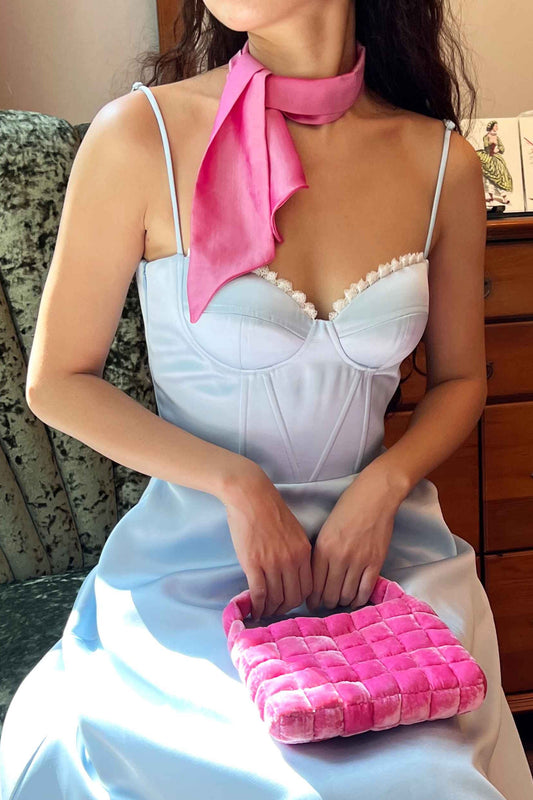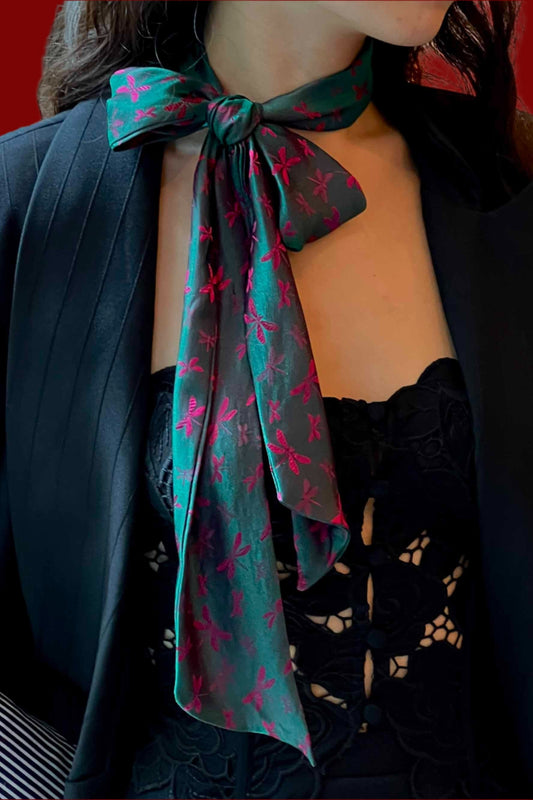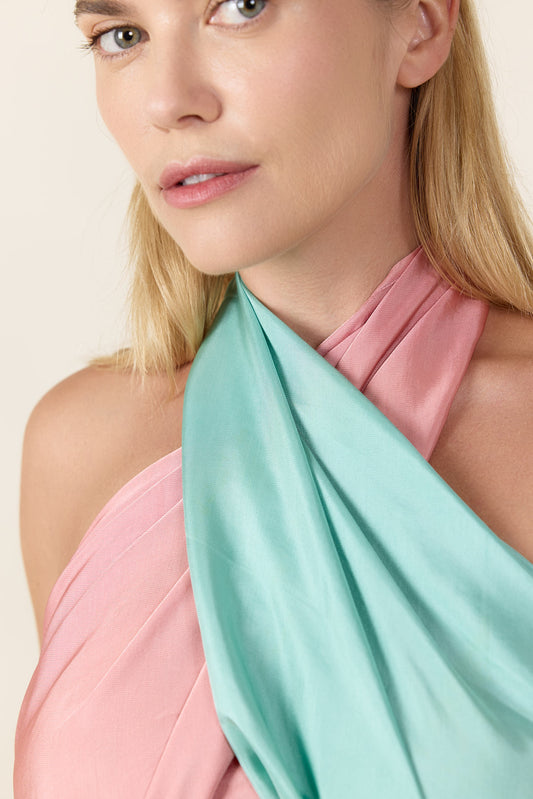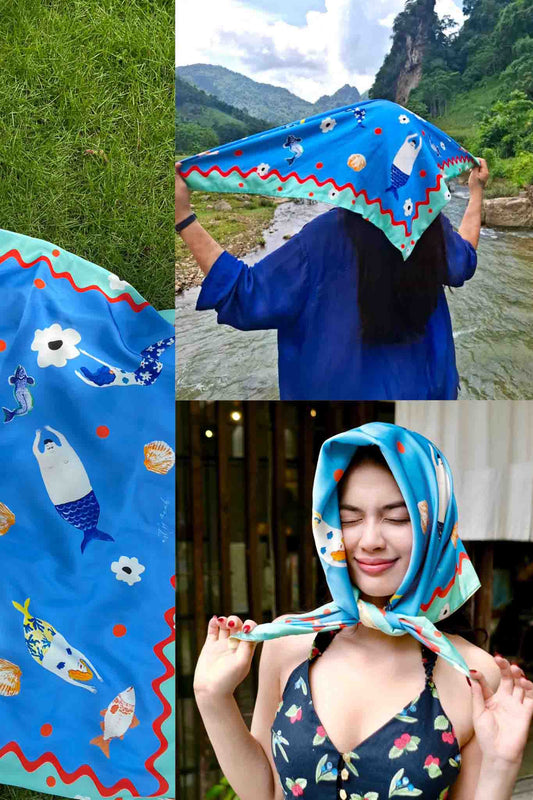The Art of Silk: From Traditional Fibers to Vietnam’s Lotus Innovation
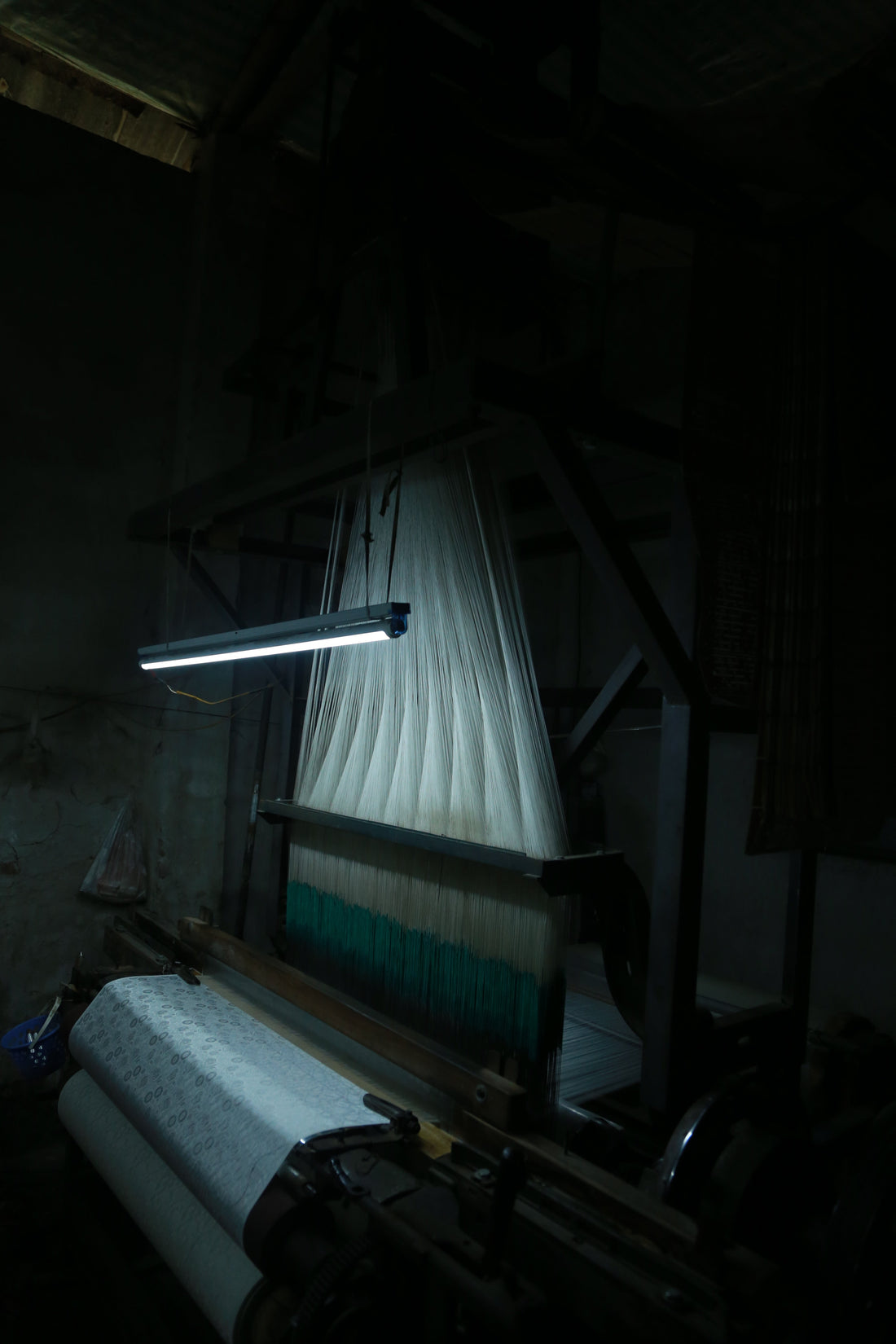
Share
Explore the science, craftsmanship, and cultural significance behind silk—from mulberry farms to lotus ponds.
Silk has always held a special place in the world of textiles — soft to the touch, gently shimmering, and effortlessly elegant. But beyond its beauty lies a fascinating journey woven from age-old traditions, natural wonders, and masterful hands. Let’s explore together with gammeCollective about the story of silk: where it began, the different kinds of silk fibers, the magical world of dyeing, and how Vietnamese artisans are breathing new life into ancient craft through one of its rarest forms — lotus silk.
From Cocoon to Thread: Understanding Silk Production

Silk is a natural protein fiber, most commonly produced by the larvae of the mulberry silkworm (Bombyx mori). The process begins when the silkworm spins a cocoon using a single thread of raw silk, which can be over a kilometer long. These cocoons are harvested, softened in hot water to loosen the gum (sericin), and then unraveled into continuous fibers for weaving (Kadolph, 2010).
Though mulberry silk remains the most widely used, it is just one among several types of silk. Others include:
-
Tussar silk: Wild silk often golden in color, produced from Antheraea mylitta silkworms. It has a coarser texture and is known for its rustic charm.
-
Eri silk: Also known as "peace silk," Eri allows the moth to emerge before the cocoon is harvested, aligning with more ethical production values (Cook, 1984).
-
Muga silk: Native to Assam, India, this silk is known for its natural golden tint and high durability.
-
Spider silk: Extremely rare and strong, spider silk is difficult to harvest but has fascinated textile researchers due to its tensile strength and elasticity (Vierra & Krause, 2016).
Each variety offers different tactile qualities, sheens, and strengths, which influence their uses in fashion and textiles.
The Color of Silk: Natural and Modern Dyeing Techniques

Dyeing silk is both a science and an art. Traditionally, artisans used natural materials like indigo, turmeric, and madder root to achieve a rich palette of colors. These methods were deeply tied to local ecology and seasonal rhythms (Rossi & Collin, 2014).
In Vietnam, natural dyes have been used for centuries. The red from lac insects, the green from yam leaves, and the yellow from gardenia are just a few examples. These dyes not only produce subtle, earthy tones but are also environmentally friendly.
Modern dyeing often uses synthetic dyes, which provide a broader color range, colorfastness, and efficiency in large-scale production. However, the resurgence of interest in slow fashion and sustainable practices has led to a revival of natural dyeing, especially in craft villages and boutique ateliers across Asia.
Lotus Silk: Vietnam’s Gift to the Global Textile World
One of the rarest and most luxurious silks in the world today is lotus silk—and Vietnam is at the forefront of its artisanal production.
Lotus silk is not produced by worms, but extracted from the stems of the lotus plant (Nelumbo nucifera), a flower revered in Vietnamese and Buddhist culture. The process involves cutting the stem, gently pulling out fine filaments, and rolling them into thread—all by hand. It takes around 30,000 lotus stems to produce a single meter of fabric (Nguyen & Hoang, 2020).
The resulting textile is incredibly lightweight, breathable, and soft, with a matte finish that differs from the high sheen of mulberry silk. It is ideal for scarves, ceremonial garments, and high-end fashion. Due to its labor-intensive process, lotus silk remains an exclusive material, with only a few skilled artisans in regions like Inle Lake (Myanmar) and Vietnam’s own Tây Hồ or Đồng Tháp province preserving the craft.
The Cultural Identity of Lotus and Silk in Vietnam
The lotus holds deep symbolic meaning in Vietnam. Representing purity, resilience, and spiritual growth, it is the national flower and features prominently in poetry, folk art, and design. Its ability to grow in muddy waters and yet bloom unstained reflects an enduring Vietnamese philosophy: to rise with grace and dignity through adversity (Le, 2012).
Lotus silk, therefore, is more than a luxury product—it is a physical embodiment of Vietnamese values and identity. The fact that the silk is hand-processed from this sacred flower only deepens its cultural resonance. Wearing or gifting lotus silk has come to symbolize not just taste and refinement, but also mindfulness, heritage, and ecological respect.
Looking Ahead: Innovation Rooted in Tradition

As the global fashion industry reckons with sustainability and cultural preservation, lotus silk offers a powerful narrative. It is slow-made, plant-based, biodegradable, and rooted in local knowledge passed down through generations. Brands and designers who work with lotus silk support more than a product—they invest in a legacy.
Whether you are drawn to silk for its beauty, performance, or symbolism, understanding the story behind each strand enriches the experience. From mulberry farms to lotus ponds, from heritage dye vats to modern ateliers, silk continues to weave together tradition and innovation in the most graceful of threads.

